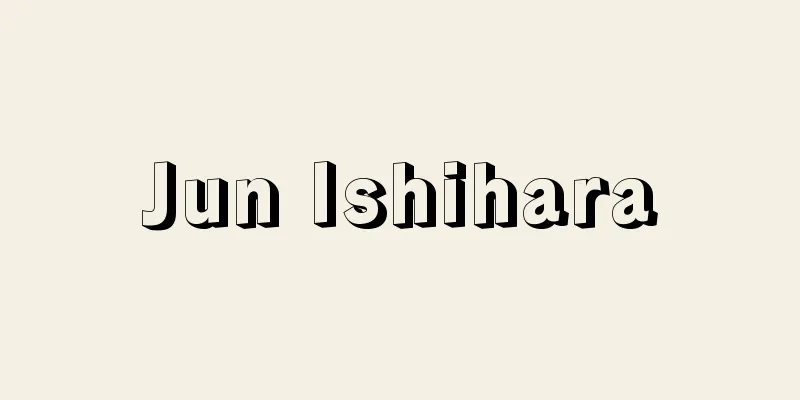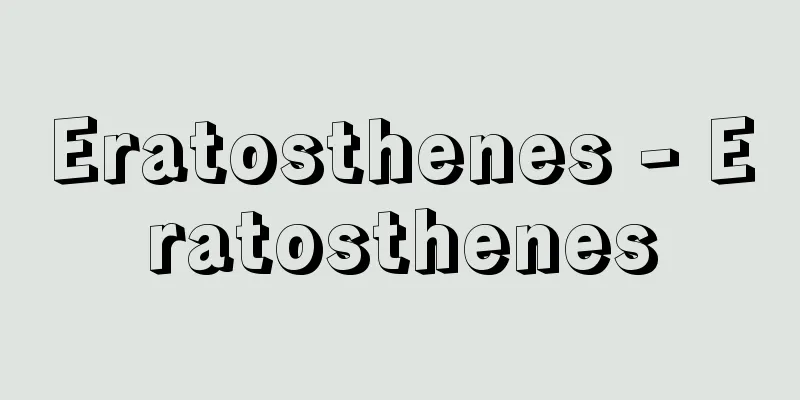Saitobaru Burial Mounds

|
<br /> A group of ancient tombs from the 5th to 7th centuries in Miyake, Saito City, Miyazaki Prefecture. The group of tombs spreads out on the right bank of the Hitotsuse River and is one of the largest in Japan, with over 300 tombs, 311 of which still exist with mounds. The breakdown is 31 keyhole-shaped tombs, 1 square tomb, and 279 circular tombs. In addition, 10 cave tombs and 12 underground cave tombs unique to southern Kyushu have been confirmed. The Saitobaru Tomb Group is topographically divided into two areas: the Saitobaru Plateau and the intermediate plateau between the Saitobaru Plateau and the city area, and is further divided into 11 groups. The main tombs include Osahozuka, Mesahozuka , Himezuka , and Oninoiwaya Tomb. Osahozuka is the largest scallop-shaped ancient tomb in Japan, with a total length of 175m, a diameter of 132m at the circular mound, and a height of 18m, surrounded by a double moat. It is the Imperial Household Agency's reference site for tombs as the tomb of Ninigi-no-Mikoto, but the burial facility of the deceased has not yet been investigated or excavated. Mesahozuka is the largest keyhole-shaped tomb in the Kyushu region, with a total length of 180m, a diameter of 96m at the circular mound, and a height of 15m, surrounded by a moat. It is the Imperial Household Agency's reference site for tombs as the tomb of Konohana no Sakuya-hime, and the burial facility of the deceased has not yet been excavated, but both Osahozuka and Mesahozuka are thought to have been built in the middle of the first half of the 5th century. Himezuka is a keyhole-shaped tumulus so named for its beautiful shape, with a length of 50.2m, a width of 30.8m at the front, a height of 5.25m at the front, a diameter of 28.4m at the rear, and a height of 6m at the rear. It is surrounded by a moat. It was excavated in the Taisho era, and three straight swords, one knife, nine pieces of sueki ware, small glass beads, and cut crystal beads were excavated, and it is believed to have been built in the early 6th century (late Kofun period). Oni- no-Iwaya Tumulus, which has a legend that it was built by a demon in one night, is a circular tumulus with a diameter of 36.4m and a height of 7m, the only one in the Saitobaru Tumulus Group with a horizontal stone chamber. It is thought to have been built between the end of the 6th century and the beginning of the 7th century. It has been revealed that there is a culvert to drain water from the stone chamber, that the earthen wall (outer bank) completely encircles the tumulus, and that secondary burials were carried out. Burial mounds surrounded by earthworks are common in China and the Korean peninsula, but in Japan, the mere sight of Ishibutai Tomb draws attention to the connection. It was designated a national historic site in 1934 (Showa 9), and became a special historic site in 1952 (Showa 27), with several additional designations. The Saitobaru Burial Mounds have many excavated items, but the most famous are the gilt bronze horse equipment designated as a national treasure, and the Haniwa Komochiya and Haniwa boats, both Important Cultural Properties. The area has been developed as the Saitobaru Burial Mounds Special Historic Site Park, and is home to the Saitobaru Archaeological Museum and the Ancient Experience Center. It is about a 42-minute drive from Sadowara Station on the JR Nippō Main Line. Source: Kodansha National Historic Site Guide Information |
|
宮崎県西都市三宅にある5~7世紀ごろの古墳群。一ツ瀬川右岸に広がる古墳群は、日本最大級で300基を超え、墳丘を備えた古墳311基が現存する。その内訳は前方後円墳31基、方墳1基、円墳279基。ほかに横穴墓が10基、南九州特有の地下式横穴墓が12基確認されている。西都原古墳群は地形的に西都原台地上と、西都原台地と市街地との間に位置する中間台地上の2地域に区分され、さらに11の集団に分かれている。おもな古墳には男狭穂塚(おさほづか)・女狭穂塚(めさほづか)、姫塚、鬼の窟(おにのいわや)古墳などがある。男狭穂塚は、2重の周濠をめぐらし、全長約175m、後円部径約132m、後円部高さ約18mという日本最大の帆立貝形古墳。ニニギノミコトの陵墓として宮内庁陵墓参考地となっており、被葬者の埋葬施設は、未調査、未発掘である。女狭穂塚は、全長約180m、後円部径約96m、後円部高さ15mで周濠をもつ、九州地方最大の前方後円墳である。コノハナノサクヤビメの陵墓として宮内庁陵墓参考地となっており、被葬者の埋葬施設はまだ発掘調査がなされていないが、男狭穂塚・女狭穂塚ともに5世紀前半中頃の築造とされる。姫塚は姿の美しさからそう呼ばれる前方後円墳で、墳長50.2m、前方部幅30.8m、前方部高さ5.25m、後円部径28.4m、後円部高さ6m。周囲には周濠がめぐらされている。大正時代に発掘され、直刀3本、刀子(とうす)1本、須恵器(すえき)9個、ガラス製小玉、水晶製切り子玉などが出土し、築造年代は6世紀初頭(古墳時代後期)とされている。鬼が一夜で造りあげたという伝説をもつ鬼の窟古墳は、西都原古墳群のなかで唯一の横穴式石室をもつ直径36.4m、高さ7mの円墳。築造は6世紀末~7世紀初めと考えられている。石室内の水を排出する暗渠(あんきょ)の存在や土塁(外堤)が完全に古墳を一周していること、追葬が行われていたことなどが明らかとなっている。周囲に土塁をめぐらす古墳は、中国・朝鮮半島ではよくみられるが、国内では石舞台古墳にみられるだけで関係が注目される。1934年(昭和9)に国の史跡に指定され、1952年(昭和27)に特別史跡になり、数度の追加指定があった。西都原古墳群には数多くの出土品があるが、国宝に指定された金銅馬具類、重要文化財の埴輪(はにわ)子持家、埴輪舟などが有名。一帯は特別史跡公園西都原古墳群として整備され、西都原考古博物館、古代体験館などがある。JR日豊本線佐土原駅から車で約42分。 出典 講談社国指定史跡ガイドについて 情報 |
<<: Sideboard - Sideboard (English spelling)
Recommend
Acrylic fiber
…It is one of the three major synthetic fibers, a...
Import and export book
〘Noun〙 = Socho (tax ledger) ※Shosoin documents - T...
Penthesileia
…As a result, the Amazons attacked Athens, but we...
Ekō Doji - Ekō Doji
…They are also called the Eight Great Vajra Boys....
Shaw, CR (English spelling)
... American theories of crime and delinquency in...
Eiichi Baba
A bureaucrat and politician in the Taisho and ear...
Matsuura River
A river in northern Saga Prefecture. It flows int...
Grysbok (English spelling)
A mammal of the bovidae family in the order Artiod...
Tetralin - Tetralin (English spelling)
An alicyclic compound. Also known as 1,2,3,4-tetr...
Ichizo Kobayashi
Businessman. Founder of the Hankyu Toho Group (no...
Timotheos (English spelling)
A classical Greek lyric poet. Dates of birth and d...
poetic diction
…Generally, it is explained as “poetic words” or ...
Escoffier, A. - Escoffier
...Marie-Antoine Carême (1784-1833), who was acti...
Arrows - Yaawase
In the Middle Ages, enemies would shoot arrows at ...
Köprülü (English spelling) Koprulu
…The family of Albanian origin that produced the ...









